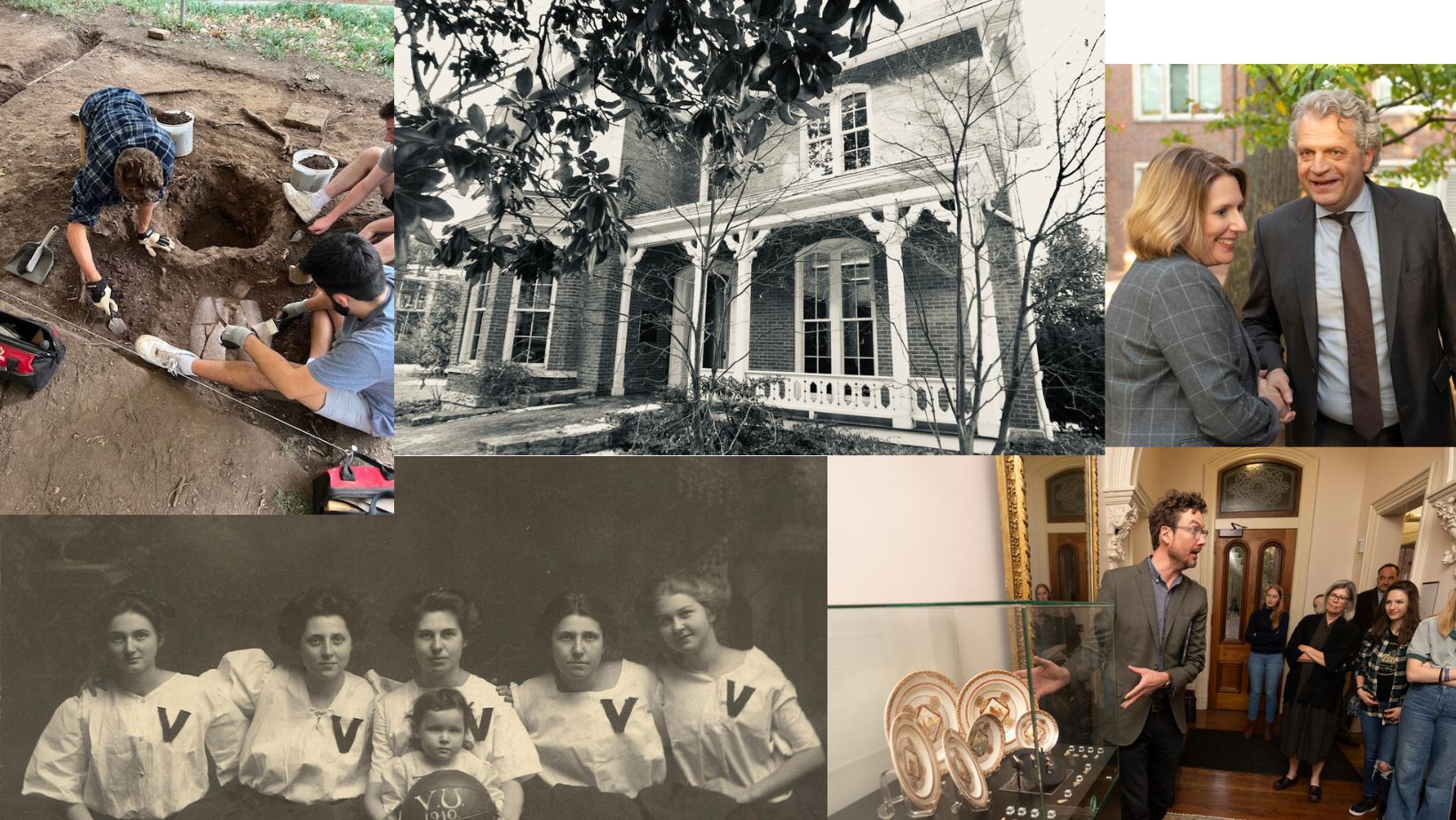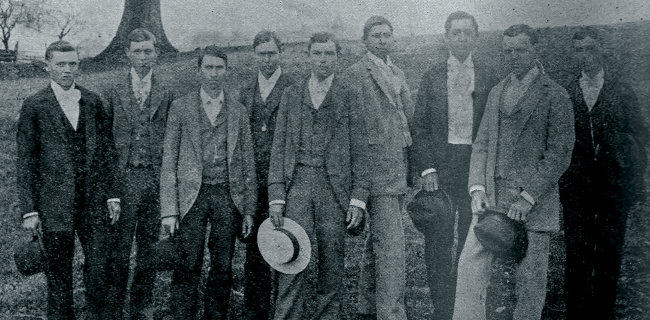By Amy Wolf
The 1870s home of Professor William J. Vaughn, Vanderbilt University’s original librarian and one of its first faculty members, carries history—and some mystery—about early Vanderbilt chancellors, faculty, women’s athletics, campus politics and more.
Now, with the culmination of a three-year trans-institutional project supported by the National Endowment for the Humanities, the Vaughn home has inspired an extensive exhibit and 19 interdisciplinary courses involving eight faculty and more than 230 students.
These hands-on courses have turned the Vaughn home and adjoining parts of campus into a living lab on topics ranging from excavation, digital archaeology, engineering, architectural documentation, history of the American research university, digital storytelling, and sustainable development.
“This project has been a shared love among a lot of people,” said Holly Tucker, who holds the Mellon Foundation Chair in the Humanities and serves as director of the Robert Penn Warren Center for the Humanities, which currently resides in the Vaughn home.
“I had a dream about opening the doors of this house for research and exploration,” Tucker said. “Students, faculty and staff have enthusiastically expanded this vision and have become deeply engaged in ways we couldn’t have even imagined.”
Tucker and a team of leaders within the College of Arts and Science won a highly competitive grant from the NEH to partially fund the multiyear project. Additional projects are supported by a Vanderbilt Sesquicentennial Grant.
HIDDEN NARRATIVES
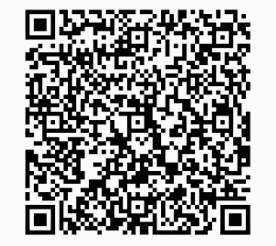
Many of the discoveries stemming from the 19 classes are now part of an exhibit within the Vaughn home called “Hidden Narratives.” Visitors can explore the exhibit on Tuesdays and Thursdays from 9 to 11 a.m., when classes are in session.
“Through the Vaughn home, we can tell so many different stories—whether it be the stories of early faculty members or the stories of the servants that worked on campus with them. Or maybe it’s about the early women students here who were taking classes but couldn’t even matriculate yet. We’re making sure that their voices are being heard and we are celebrating the contributions they made to campus,” said Victoria Hensley, Mellon Assistant Professor of Culture, Advocacy and Leadership and curator of the exhibit.
One display includes a video produced by current students looking at the impact of one of Vanderbilt’s first female students, Stella Vaughn.
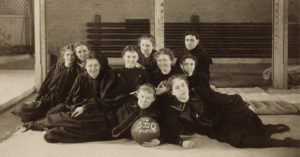
Daughter of William Vaughn, Stella was one of only 10 women enrolled at Vanderbilt in 1892. She organized the university’s first women’s basketball team and served as its coach for 20 years.
For the project, students interviewed Vanderbilt Vice Chancellor for Athletics and University Affairs and Athletic Director Candice Storey Lee. Like Vaughn, Lee is a former Commodore basketball player and a pioneer as the first Black woman to head an SEC athletics program.
ARCHEOLOGICAL DIGS
The archaeological research on the Vaughn home continues, with active digs happening throughout the year.
Steven A. Wernke, associate professor of anthropology and chair of the department, and Giles Spence Morrow, postdoctoral research fellow in the Department of Anthropology, have led multiple hands-on classes in which students examined Vanderbilt’s early history through archaeological excavations of the grounds. Their work unveiled a service workers’ cabin once located behind the first faculty residences on the Vanderbilt campus.

Excavations will be conducted during the upcoming Reunion celebration. Throughout the year, visitors are welcome to explore current and previous excavations and to examine the artifacts discovered so far through augmented reality experiences across the site.
“It was wonderful having students coming through the exhibit with parents in tow during our recent Family Weekend,” Morrow said. “I’m sure we spoke with at least 70 members of the community throughout the day and even had a parent start digging with his son!”
NATIONAL REGISTER OF HISTORIC PLACES
Another big milestone of the project is working to earn the Vaughn home a place on the National Register of Historic Places. All of the research about the home completed so far has been documented in an expansive historic structures report that will support the home’s submission to the national registry.
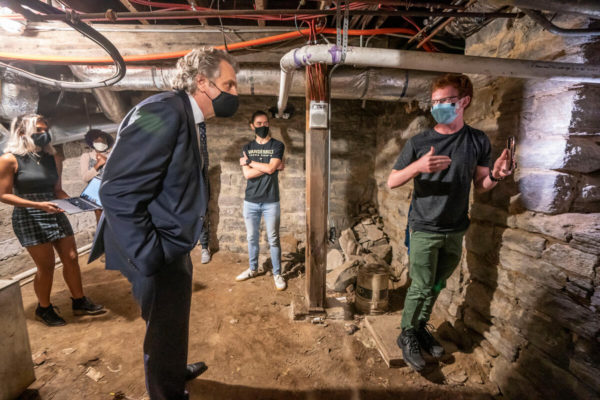
“This was a student-led venture over multiple semesters. In each seminar, students identified and divided up research tasks and shared findings with one another and future classes to make sense of the big story,” said Matthew Worsnick, assistant professor of history of art and architecture and instructor for several of the Vaughn home courses.
Students photographed and documented every inch of the house, including crawling into spaces that hadn’t been seen in decades. They drafted architectural drawings, analyzed paint chips and researched scores of archival documents, newspapers and more.
“The result was a rich picture of not just the life of a building as it evolved over 150 years, but also the lives of its occupants, visitors of the campus, even the city spanning from the beginning of Vanderbilt to the present,” Worsnick said.
“I think the idea that a home can have such a lasting impact on so many people for so many years is phenomenal,” Tucker said. “The project brought both delight and a great sense of responsibility as we worked together to research the Vaughn home’s importance in Vanderbilt’s long history.”
- Read more about the launch of the Vaughn home project.
- See more stories about Vanderbilt’s Sesquicentennial.
- Follow the latest from the Robert Penn Warren Center for the Humanities.
- RELATED – Bold Strokes: An illustrated guide to pioneering figures in Vanderbilt history
